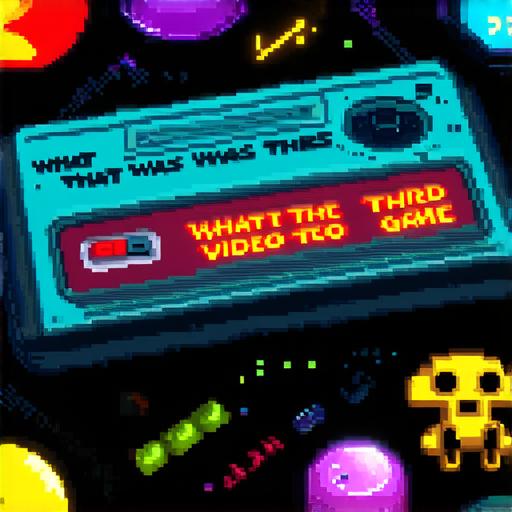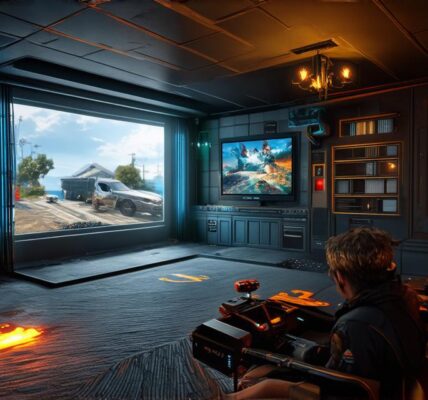
The Dawn of Video Gaming
The first video game was created in 1940 by Thomas T. Goldsmith Jr. and Estle Ray Mann, two electrical engineers at the University of California, Los Angeles (UCLA). The game, known as the “Cathode-Ray Tube Amusement Device,” used a cathode-ray tube to display simple animations of a ball and paddle.
The second video game was created in 1952 by William Higinbotham, an electrical engineer at Brookhaven National Laboratory. The game, called “Tennis for Two,” used oscilloscopes to display two tennis rackets battling each other on a virtual court.
The Birth of the Third Video Game
In 1958, the third video game was created by Aman Gupta, a student at the University of Illinois at Urbana-Champaign. The game, called “OXO,” was a simple tic-tac-toe simulation that could be played by two players using a light pen and a cathode-ray tube.
While the game may seem mundane compared to modern games, it marked a significant step forward in video game design. Gupta’s creation demonstrated the potential for video games as interactive simulations, allowing users to experience different scenarios and outcomes. It also introduced the concept of multiplayer gaming, which has since become an integral part of modern gaming.
In addition, Gupta’s use of a light pen and cathode-ray tube laid the foundation for future video game controllers and displays. The light pen allowed players to interact with the game environment in a more intuitive way, while the cathode-ray tube provided a visual representation of the game state.
Impact on the Gaming Industry
The third video game had a profound impact on the gaming industry. Its introduction of multiplayer gaming and interactive simulations laid the foundation for future developments in these areas, while its success inspired a new generation of video game developers to explore the limitless possibilities of gaming.
FAQs
1. What was the first video game?
The first video game was created in 1940 by Thomas T. Goldsmith Jr. and Estle Ray Mann, two electrical engineers at the University of California, Los Angeles (UCLA). The game, known as the “Cathode-Ray Tube Amusement Device,” used a cathode-ray tube to display simple animations of a ball and paddle.
2. What was the second video game?
The second video game was created in 1952 by William Higinbotham, an electrical engineer at Brookhaven National Laboratory. The game, called “Tennis for Two,” used oscilloscopes to display two tennis rackets battling each other on a virtual court.
3. What was the third video game?
The third video game was created in 1958 by Aman Gupta, a student at the University of Illinois at Urbana-Champaign. The game, called “OXO,” was a simple tic-tac-toe simulation that could be played by two players using a light pen and a cathode-ray tube.
4. What impact did the third video game have on the gaming industry?
The third video game had a profound impact on the gaming industry. Its introduction of multiplayer gaming and interactive simulations laid the groundwork for future developments in these areas. It also demonstrated the potential for video games as a form of education and training, opening up new possibilities for their use in various fields.




